Finding The Right Flange Size: A Beginners Guide
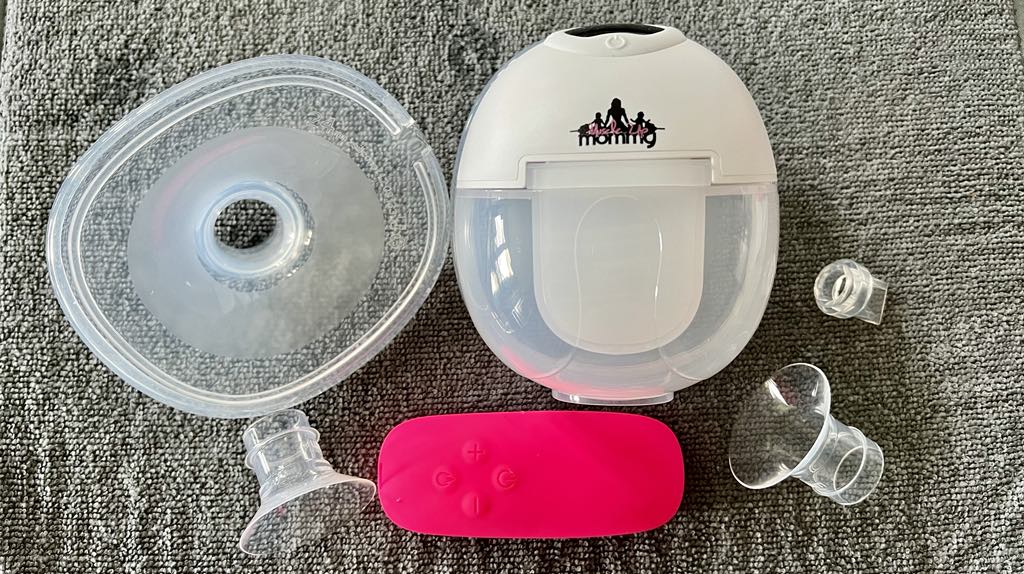
Having the proper flange size can make or break your pumping experience and vastly affect your breastmilk supply.
Table of content
What Is A Flange?
A flange, also known as a breast shield, is an important part of your breast pump. This piece creates a vacuum seal around the breast and nipple to effectively pull milk from lactating women.
There are a number of different flange sizes ranging from 10 - 40 millimeter (mm) and each composed of different materials such a plastic, food-grade silicone, and glass.
The most commonly used flange sizes typically come in 24 and 27 millimeter (mm), however a range of flange inserts can be used to select the size the best fits your needs.
The importance of flanges and inserts
Having a properly fitting flange is extremely important for pumping moms as this correlates directly to how effective your pump can draw or express milk from your breast.
In cases where a flange is too large, air gaps can cause a weak suction and result in low milk outputs. Alternatively, having a flange or inserts that are too narrow can affect your comfort levels and also cause your milk supply to be impacted.
It's important to have a proper fitting flange to create a nice vacuum seal to enhance the performance of your pump's suction.
How To Find Your Proper Flange Size
To find a proper fit, Muscle Up Mommy J35 Wearable Pumps include a nipple size card and extra flange inserts inside each pump box.
Use your measuring tool to identify the size of your nipple and select the recommended flange or insert size for your pumps.
Muscle Up Mommy's Flange Sizing Kit includes everything you'll need to find your proper fit.
- Nipple size card for measurements
- Flange inserts in sizes 13/15/17/19/21 millimeter (mm)
This measuring kit is used to completely customize your pump's comfort and boost your milk output.
Without it, you run the risk of impacting your pumped volumes and seeing a dip in your supply overtime.
How To Protect Your Milk Supply
The continual removal of milk is the best way to establish your milk supply and protect it against any dips.
The more you remove milk from your breast, you send a signal to your body that more milk is needed and thus, your body will produce it.
Muscle Up Mommy J35 Wearable Breast Pumps are designed to make pumping more convenient.
- Hands-free pumping experience
- Free of cords and clunky parts
- 7 ounces of catch capability
- Fully charges in 90 minutes
This pump can effectively remove milk with 4 different modes and 12 levels of suction to choose from.
How Pumping can boost Milk supply
Once you establish your milk supply, pumping regularly can help you improve your milk supply.
In order to do this, one of the most important factors is creating a workable schedule that you can stick to.
A few things to consider:
- Your pumping frequency should mimic your baby's current feeding demands.
- Pump in between feeds, while baby is latching directly on your breast, or on a set schedule.
- For newborn parents, it's very likely your pump schedule resembles 8-10 times a day, or every 2 hours.
- The more you pump, the more milk your body will create.
As your baby gets older, the timeframe in between feeds will prolong and this can result in decreasing the number of times you pump in a day.
Keep in mind, breastmilk works entirely on supply and demand. As the demand for your breastmilk shifts, your supply will regulate down to match the demands.
The importance of pump maintenance
Protecting the performance of your pump is just as important as protecting your milk supply.
To keep your pump functioning like new, it's recommended to replace your flanges, duckbill valves, diaphragms (and any other silicone parts) regularly, every 4-6 weeks or as needed.
These are the membranes of your pump. The strong vacuum suction and leak-proof guard is heavily dependent on the condition of these parts.
As for your milk collectors and plastic parts, it's recommended to replace every 3-4 months or as needed.
Other postpartum items moms recommend
Frequently Asked Questions
What If My Measurements Are In Between Two Sizes?
If your nipple measurements are in between two sizes, it's recommended to select the larger of the two sizes as your nipple tends to expand while actively pumping.
What Happens If My Flange Is Too big?
When you choose to use a flange that isn't a proper fit, you could risk negatively impacting your breast milk supply.
Flanges that are too large create air gaps between your nipple and the flange tunnel. If there is an improper fit, this could lead to poor suction and thus resulting in a dip in your supply and low milk output.
What happens if my flange is too narrow?
Flanges that are too narrow can cause discomfort and cause blocked milk ducts.
Blocked milk ducts could lead to the inability to effectively remove milk from your breast. This could result in engorgement, clogged milk ducts, mastasis, or other.
Check Out Related Articles
If you found this information helpful, please share with your family or friends.

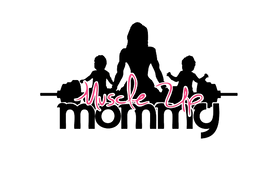
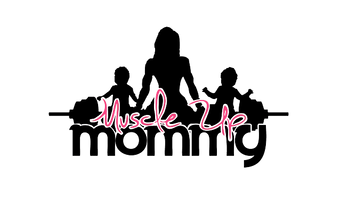
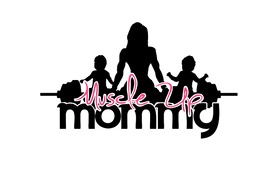





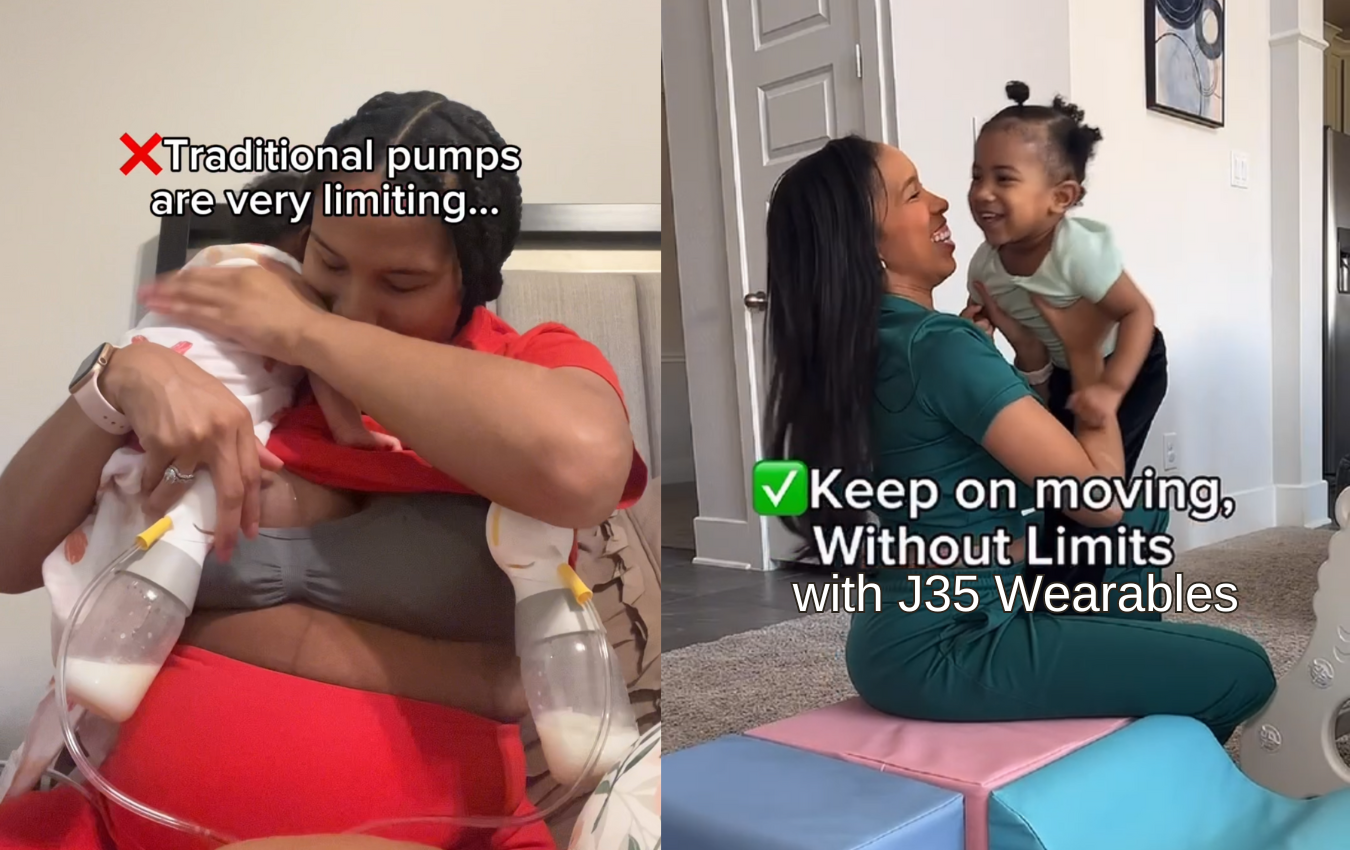
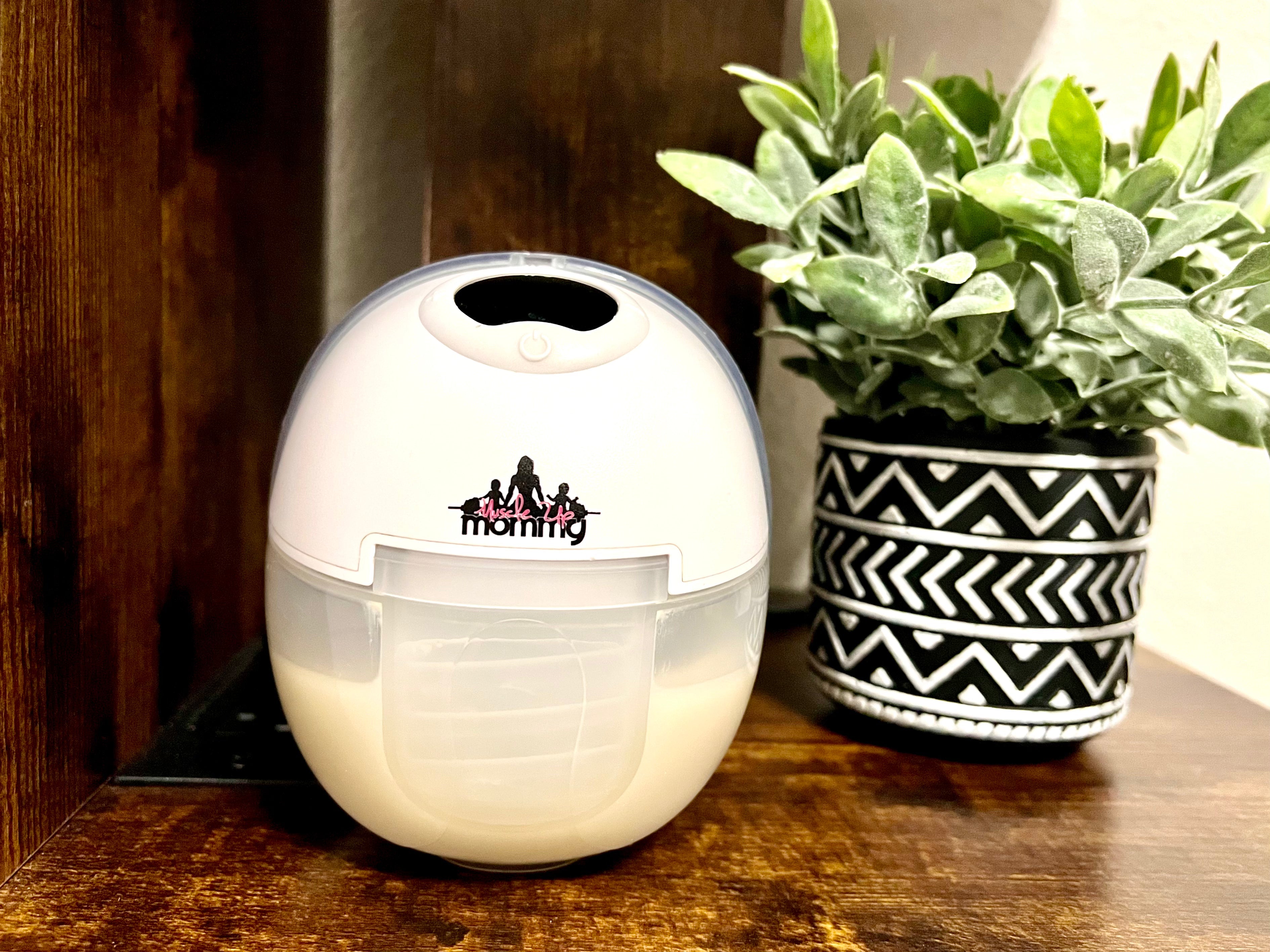

Leave a comment